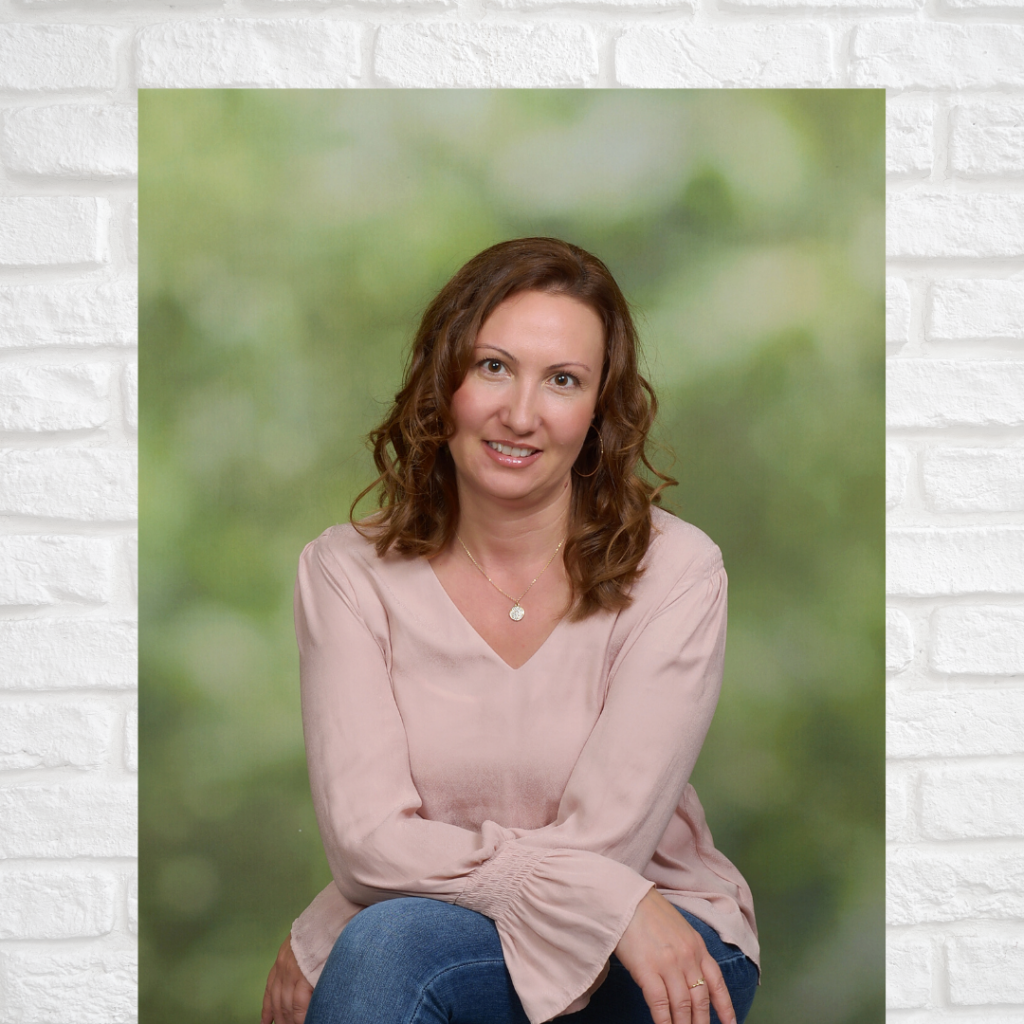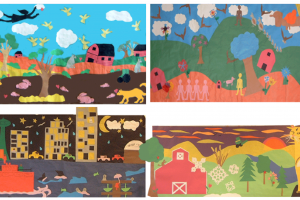
GUEST BLOGGER ROSIE POVA
What makes rain?
Talk to students about rain. The heat from the sun causes water from oceans, rivers, lakes and plants to evaporate and turn into vapor (gas) that becomes invisible. The gas rises then cools―in a process called condensation―and turns into tiny droplets of water that forms clouds. The droplets join together and become bigger drops of water. Whenever they get big and heavy enough, they fall down as rain.
When you see dark clouds in the sky, you know that it’s likely to rain. The clouds are dark because they are full of raindrops that block the sunlight.
Sometimes, the little droplets, called drizzle, also fall from the clouds. Drizzle falls much slower because the tiny droplets are light. It takes about 700 drizzle droplets to make one raindrop.
Rainy day observations
In my picture book Sunday Rain, Elliott goes outside on a rainy day and notices the different smells in the air because everything is wet.
“Outside smelled like wet grass, and flowers, and the pages of a new book.”
Ask students what smells they smell on a rainy day? Ask them to compare how they are different than the smells on a sunny day.
Rainy day writing
Ask students to write a Haiku about rain.
Haiku is a Japanese form of non-rhyming poetry with only three lines, 17 syllables in total. It is usually about nature and evokes an image or sentiment. The first line of Haiku has 5 syllables, the second line has 7 syllables, and the third line has 5 syllables.
Ask students to share their haikus in class.
Make a rain gauge*
Ask students how much rain is really falling when during a heavy rain storm. How about on other days when it’s just a light shower?
Students can find out by making their own rain gauge, recording the results and studying their findings
What you’ll need:
- A plastic (soft drink) bottle
- Some stones or pebbles
- Tape
- Marker (felt pen)
- A ruler
Instructions:
- Cut the top off the bottle.
- Place some stones in the bottom of the bottle. Turn the top upside down and tape it to the bottle.
- Use a ruler and marker pen to make a scale on the bottle.
- Pour water into the bottle until it reaches the bottom strip on the scale.
- Put your rain gauge outside where it can collect water when it starts raining. After a rain shower has finished, check to see how far up the scale the water has risen.
After students collect and measure rainfall, ask them to discuss to following.:
- Try comparing the amount of rain to the length of time the shower lasted, was it a short and heavy rain shower or a long and light one?
- Students can also graph the rainfall over weeks or even months. This is especially interesting if the place you live experiences varying seasons where sometimes it is very dry and other times it is very wet.
Rainbow snack
What makes a rainbow? Light travels very fast. When it enters a water droplet, light slows down and bends inside the dense droplet. The light reflects off the droplet and separates into its wavelengths. We see these wavelengths as colors. As light exits the droplet it forms a rainbow.
Ask students to make a rainbow snack using foods that are the different colors of the rainbow – red, orange, yellow, green, blue, indigo, and violet. ROY G BIV is a handy way to remember the order of the colors.
Possible foods might include strawberries, cantaloupe, pineapple, green grapes, bluebeerries, blackberries, and purple grapes.
Build an umbrella fort
What you’ll need:
- two chairs
- an umbrella
- blue ribbon
- blankets and pillows
- books
- your favorite stuffed animal
Ask students to use the picture below for ideas, and then construct a fort that suits their reading habits.
*Rain gauge project courtesy of Science Kids.
Rosie J. Pova is a multi-published, award-winning children’s author, poet, speaker, and writing coach on a mission to inspire children not only to read and write more, but to use their creativity, follow their passions, dream big and believe in themselves.
She’s a Writing Instructor for the Dallas Independent School District through The Writer’s Garret, an instructor with Writing Workshops Dallas, teaching online picture book courses to children’s writers, and also serves as a judge for Rate Your Story.
Rosie visits schools and shares her inspirational journey as an immigrant from Bulgaria and how she became a published author, encouraging kids to persist, push through obstacles, and hold a high vision of themselves.
She also speaks on many women’s topics and has appeared on radio and print media.
Her upcoming picture book, Sunday Rain, celebrates imagination, the love of books, and new friendships. Her other upcoming picture book, The School of Failure: A Story About Success will be released in spring of 2022. Visit Rosie at www.rosiejpova.com.













Leave a Reply
Your email is safe with me.